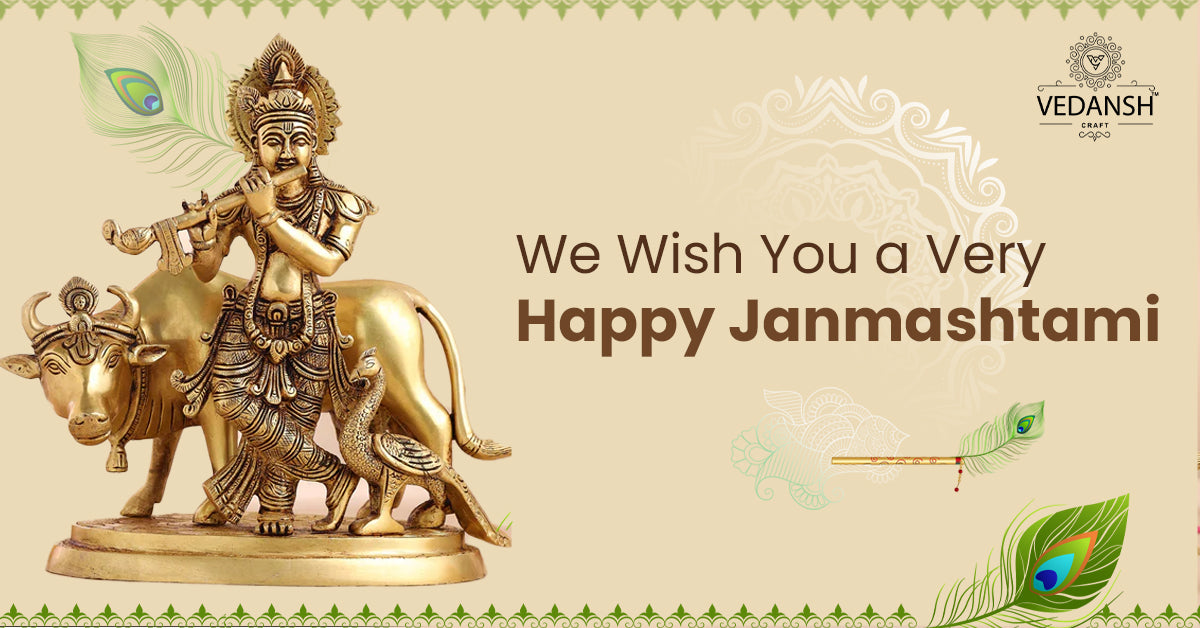

Narasimha Avatar : The Lion Avatar of Lord Vishnu
, by javed techqart, 3 min reading time
In the grand tapestry of Hindu mythology, the avatars of Lord Vishnu weave tales of divine intervention and cosmic balance. Narasimha Avatar, the incarnation where Lord Vishnu takes the form of a half-man, half-lion, is a compelling narrative of the triumph of divine justice over tyranny. This ancient tale, primarily recounted in the Bhagavata Purana and revered across various Hindu scriptures, captures the imagination and imparts profound lessons about the unwavering commitment to righteousness.
The Narasimha Avatar saga unfolds against the backdrop of cosmic upheaval. Hiranyakashipu, a powerful demon, obtains a boon that seemingly renders him invincible. With arrogance and tyranny consuming him, he becomes a menace to the cosmic order, challenging the very fabric of dharma. Brahma's boon grants Hiranyakashipu immunity from being killed by humans or animals, indoors or outdoors, during day or night, and by any weapon. These conditions, however, open the door for divine intervention in a form beyond conventional definitions.
To counter the growing menace of Hiranyakashipu, Lord Vishnu assumes the formidable form of Narasimha. This being is neither completely man nor beast, created to bypass the conditions of the demon's boon. Narasimha embodies a lion's raw power and a man's intelligence, a fusion of ferocity and divine wisdom.
![]()
The Battle with Hiranyakashipu
As the sun sets, Narasimha bursts forth from a pillar in Hiranyakashipu's palace—a testament to the fulfillment of neither indoor nor outdoor conditions. The half-man, half-lion incarnation strikes fear in the heart of the demon king. With unparalleled strength, a fierce battle ensues, and Narasimha defeats Hiranyakashipu. Importantly, Narasimha slays the demon on his lap, in the threshold between day and night, adhering to the conditions set by Brahma's boon.
Narasimha Avatar is replete with profound symbolism. The man-lion hybrid represents the transcendence of divine power beyond conventional forms, emphasizing the infinite possibilities inherent in the divine. The image of Narasimha emerging from a pillar underscores the omnipresence of the divine—no space is devoid of the divine presence.
The battle with Hiranyakashipu symbolizes the eternal struggle between the forces of good and evil, righteousness and tyranny. Narasimha's victory serves as a poignant reminder that no matter how formidable the forces of darkness may seem, the divine will inevitably prevail.
Lessons and Moral Insights of Narasimha Avatar
The story of Narasimha Avatar imparts timeless lessons. It underscores the significance of unwavering commitment to dharma and the inevitable consequences of straying from the path of righteousness. Narasimha's measured wrath teaches that divine justice operates in accordance with a higher order, beyond mortal comprehension, and that the cosmic balance will be restored, even in the face of seemingly insurmountable challenges.
Narasimha Avatar is more than a mythological tale. It is a profound narrative that delves into the intricacies of divine justice, the triumph of righteousness, and the enduring power of the divine. As we grapple with our own moral dilemmas and confrontations with injustice, the story of Narasimha Avatar beckons us to embody the unwavering spirit of righteousness and to trust in the ultimate victory of divine justice over the forces of darkness.
Blog posts




